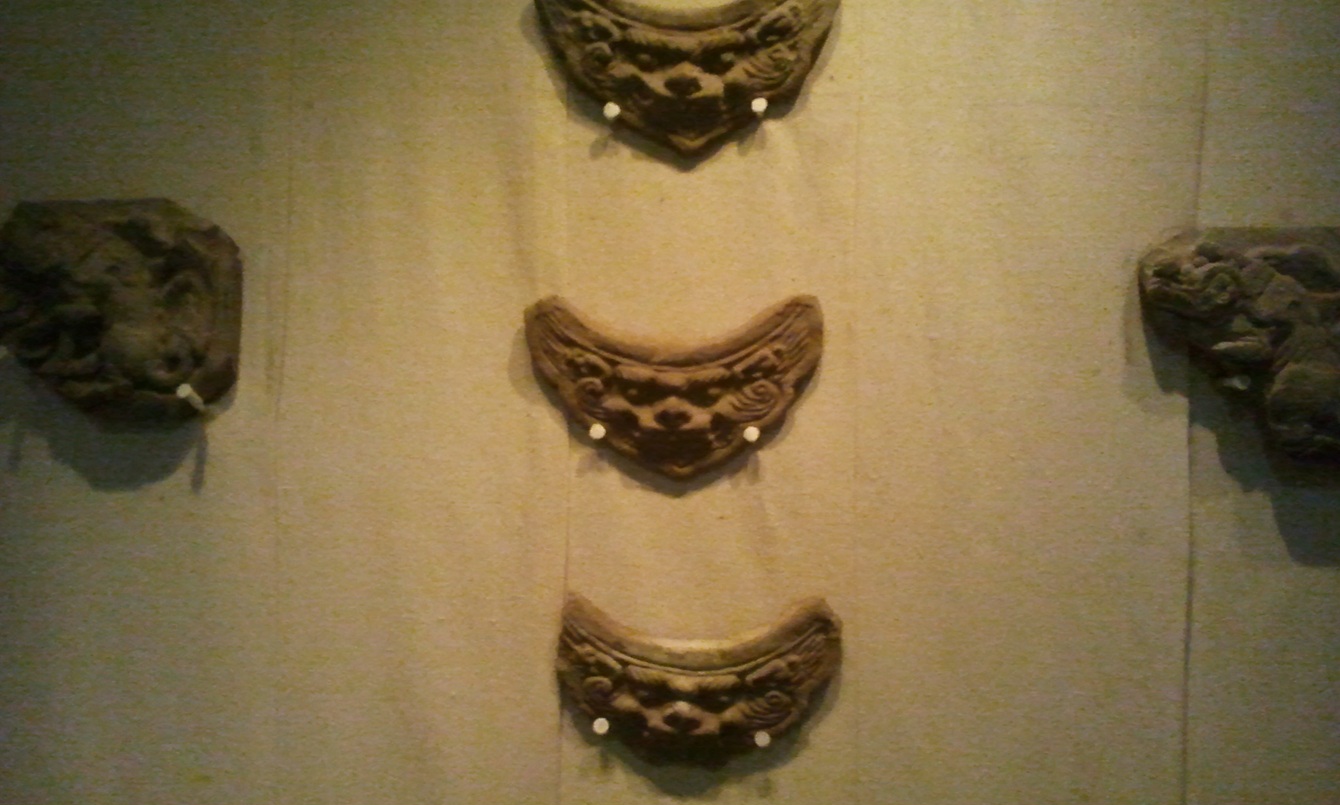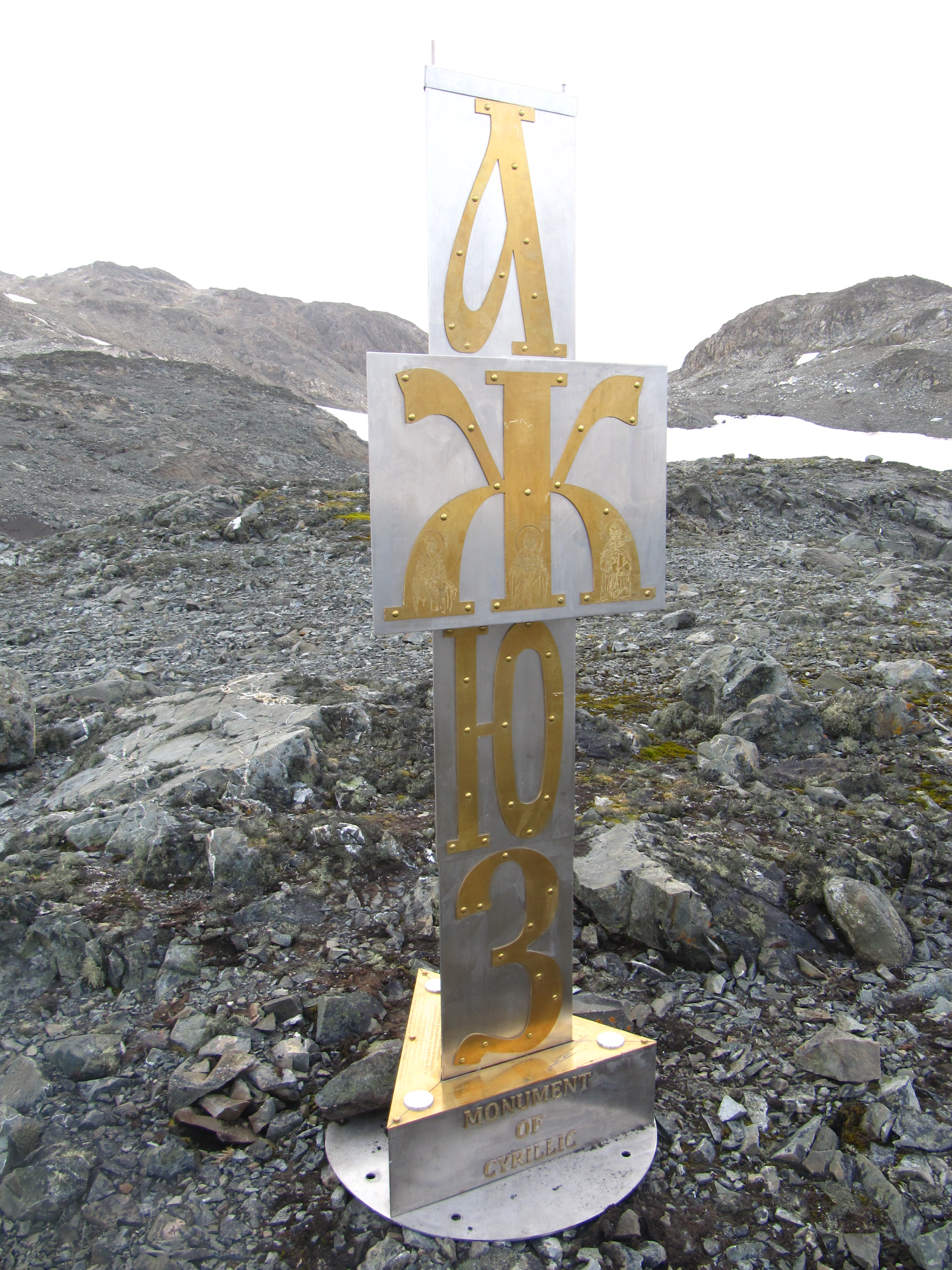|
Khalkha Language
The Khalkha dialect is a dialect of central Mongolian widely spoken in Mongolia. According to some classifications, the Khalkha dialect includes Inner Mongolian varieties such as ''Shiliin gol'', ''Ulaanchab'' and ''Sönid''. As it was the basis for the Cyrillic orthography of Mongolian, it is de facto the national language of Mongolia. The name of the dialect is related to the name of the Khalkha Mongols and the Khalkha River. There are certain differences between normative (standardised form of Khalkha) and spoken Khalkha. For example, the normative language uses proximal demonstratives based on the word stem (except for the nominative and the accusative which takes the stem ) and thus exhibits the same developmental tendency as exhibited by Oirat. On the other hand, the spoken language also makes use of paradigms that are based on the stems and . This seems to agree with the use in Chakhar Mongolian. The same holds for the distal demonstrative . Khalkha may roughly be div ... [...More Info...] [...Related Items...] OR: [Wikipedia] [Google] [Baidu] |
Mongolia
Mongolia is a landlocked country in East Asia, bordered by Russia to the north and China to the south and southeast. It covers an area of , with a population of 3.5 million, making it the world's List of countries and dependencies by population density, most sparsely populated sovereign state. Mongolia is the world's largest landlocked country that does not border an Endorheic basin, inland sea, and much of its area is covered by grassy steppe, with mountains to the north and west and the Gobi Desert to the south. Ulaanbaatar, the capital and List of cities in Mongolia, largest city, is home to roughly half of the country's population. The territory of modern-day Mongolia has been ruled by various nomadic empires, including the Xiongnu, the Xianbei, the Rouran, the First Turkic Khaganate, the Second Turkic Khaganate, the Uyghur Khaganate and others. In 1206, Genghis Khan founded the Mongol Empire, which became the largest List of largest empires, contiguous land empire i ... [...More Info...] [...Related Items...] OR: [Wikipedia] [Google] [Baidu] |
Chakhar Mongolian
Chakhar is a variety of Mongolian spoken in the central region of Inner Mongolia. It is phonologically close to Khalkha and is the basis for the standard pronunciation of Mongolian in Inner Mongolia. Location and classification There are three different definitions of the word Chakhar. First, there is Chakhar proper, spoken in Xilingol League in the Plain Blue Banner, Plain and Bordered White Banner, Bordered Yellow Banner, Taibus Banner in Dolonnuur, and in Ulanqab in Chakhar Right Rear Banner, Chakhar Right Middle Banner, Chakhar Right Front Banner, Shangdu and Huade, with a number of approximately 100,000 speakers. In a broader definition, the Chakhar group contains the varieties Chakhar proper, Urat, Darkhan, Muumingan, Dörben Küüket, Keshigten of Ulanqab. In a very broad and controversial definition, it also contains the dialects of Xilingol League such as Üjümchin, Sönit, Abaga, and Shilinhot. The Inner Mongolian normative pronunciation is based on the ... [...More Info...] [...Related Items...] OR: [Wikipedia] [Google] [Baidu] |
Khishigten
The Hishigten (Mongolian language, Mongolian: ; ) are one of the Southern Mongols, Southern Mongol ethnic groups. Today, they live in Heshigten Banner of China. Ethnonym The ethnic name Hishigten is formed by adding the affix -ten to the Altaic languages, Altaic word kešikОчир А. (2016). "Монгольские этнонимы: вопросы происхождения и этнического состава монгольских народов". Элиста: КИГИ РАН. Pages 235-236. meaning luck, prosperity, grace.S. A. Starostin, A. V. Dybo, O. A. Mudrak. (2003). "An Etymological Dictionary of Altaic Languages". Brill Academic Publishing. Pages 673-674. History They are believed to be the descendants of the Kheshig, the imperial guard of the Mongol Empire. The Hishigtens were the main core of the Military of the Mongol Empire, Mongol troops, subordinate only to Genghis Khan and in wartime became the main regiment, and in peacetime they performed the duties ... [...More Info...] [...Related Items...] OR: [Wikipedia] [Google] [Baidu] |
Sartuul
Sartuul () is one of the Mongol clans. A common hypothesis is the origin of the Sartuuls from the Sarts. Another hypothesis is the version that traces the origin of the Sartuuls to an area called Sarta Uula (Moon Mountain) or Sart Uul (Mountain with the Moon), the name of a mountain where they live.Davaadorzhiĭn Ganbold, Da Haliun – Facts about Mongolia, p.120 During the Chinese Qing dynasty rule, there was a banner named Tsetsen Sartuul's hoshuu (Wise Sartuul's banner) and descendants of the banner began to use its name as a clan name when Mongolians began using their ancestors' clan names after 1990. 9 khutagts of Khalkha and 2 presidents of Mongolia are from the Tsetsen Sartuul's hoshuu. Demographics According to Mongolia’s 2015 Interim Population and Housing Census, ''2 166'' people self-identified as Sartuul, up from ''1 286'' in the 2010 full census. Present-day distribution A 2018 report by the state news agency MONTSAME notes that Sartuul households are concentrat ... [...More Info...] [...Related Items...] OR: [Wikipedia] [Google] [Baidu] |
Dariganga Mongols
The Dariganga () are an eastern Mongols, Mongol subgroup who mainly live in Dari Ovoo and Ganga Lake, Mongolia, Ganga Lake, Sukhbaatar Province. It is believed that the Dariganga were resettled by the Qing Dynasty from Chahar Mongols, Chahar, Khalkha and Ööled to herd horses of the Emperor in the late 1690s. From 1912 on, a Ministry of Internal Affairs of the Boghda Khaanate of Mongolia supervised them. And the People's Republic of Mongolia changed their banner system in 1921. After many reforms in Mongolian administration structure, the Dariganga people have lived in the sums: Dariganga, Naran, Ongon, Khalzan, Asgat and Bayandelger of Sukhbaatar Province since 1691. References {{Authority control Mongols Ethnic groups in Mongolia Khalkha History of Zhangjiakou China–Mongolia border Sükhbaatar Province ... [...More Info...] [...Related Items...] OR: [Wikipedia] [Google] [Baidu] |
Darkhad Dialect
Darkhad (also "Darkhat") is a dialect in-between Central Mongolian and Oirat still variously seen as closer to Oirat or as a dialect of Khalkha Mongolian with some Oirat features. However, it seems to have substantially assimilated to the Khalkha dialect since it first was described by Sanžeev, and some classificational differences seem to be due to what historical (or even ideal) state got classified. ''Ethnologue'' reports a population of without providing a date. Speakers live mainly in the west of Lake Khövsgöl in the sums Bayanzürkh, Ulaan-Uul and Rinchinlkhümbe in the Khövsgöl Province of Mongolia. Phonology In contrast to Oirat, it has and and a diphthongized equivalent of *ai. However, monophthongized reflexes of *ai can be encountered and more so in older language material, so it can be assumed that due to Khalkha influence. Somewhat similar developments can be observed for other vowels, but as at least and can get palatalized, it is problematic wh ... [...More Info...] [...Related Items...] OR: [Wikipedia] [Google] [Baidu] |
Khotogoid
Khotogoid or ( ) is a subgroup of the Mongols living in northwestern Mongolia. The Khotogoid people live roughly between Uvs Lake to the west and the Delgermörön river to the east. The Khotogoids belong to northwestern Khalkha and were one of the major groups that make up Khalkha. The best-known ruler of Khotogoids probably was Ubashi Huang Taizi, also known as Altan Khan of the Khotogoid (not to be confused with Altan Khan of Tumed) who was successful in subjecting Yenisei Kirghiz and pushing Oirats out of their domains in western Mongolia. The northern border of the Khotgoid Khanate reached modern Russian Krasnoyarsk city and the southern border reached the eastern Altay Mountains of Mongolia in the 17th century. The Khotogoid Khanate was not an independent state and its ruler was subject to Zasagtu khan aimag of Khalkha. In mid 17th century, because of the conflicts with neighboring Zasagtu Khan, the Khotogoids disintegrated and ceased to exist as a separate politica ... [...More Info...] [...Related Items...] OR: [Wikipedia] [Google] [Baidu] |
Ulaanbaatar
Ulaanbaatar is the Capital (political), capital and List of cities in Mongolia, most populous city of Mongolia. It has a population of 1.6 million, and it is the coldest capital city in the world by average yearly temperature. The municipality is located in north central Mongolia at an elevation of about in a valley on the Tuul River. The city was founded in 1639 as a nomadic Buddhist monasticism, Buddhist monastic centre, changing location 29 times, and was permanently settled at its modern location in 1778. During its early years, as Örgöö (anglicized as Urga), it became Mongolia under Qing rule, Mongolia's preeminent religious centre and seat of the Jebtsundamba Khutuktu, the spiritual head of the Gelug lineage of Tibetan Buddhism in Mongolia. Following the regulation of Kyakhta trade, Qing-Russian trade by the Treaty of Kyakhta (1727), Treaty of Kyakhta in 1727, a caravan route between Beijing and Kyakhta opened up, along which the city was eventually settled. With ... [...More Info...] [...Related Items...] OR: [Wikipedia] [Google] [Baidu] |
Voiceless
In linguistics, voicelessness is the property of sounds being pronounced without the larynx vibrating. Phonologically, it is a type of phonation, which contrasts with other states of the larynx, but some object that the word phonation implies voicing and that voicelessness is the lack of phonation. The International Phonetic Alphabet (IPA) has distinct letters for many voiceless and modally voiced pairs of consonants (the obstruents), such as . Also, there are diacritics for voicelessness, and , which is used for letters with a descender. Diacritics are typically used with letters for prototypically voiced sounds, such as vowels and sonorant consonants: . In Russian use of the IPA, the voicing diacritic may be turned for voicelessness, e.g. . Voiceless vowels and other sonorants Sonorants are sounds such as vowels and nasals that are voiced in most of the world's languages. However, in some languages sonorants may be voiceless, usually allophonically. For example, the ... [...More Info...] [...Related Items...] OR: [Wikipedia] [Google] [Baidu] |
Mongolian Cyrillic Alphabet
The Mongolian Cyrillic alphabet ( Mongolian: , or , ) is the writing system used for the standard dialect of the Mongolian language in the modern state of Mongolia. It has a largely phonemic orthography, meaning that there is a fair degree of consistency in the representation of individual sounds. Cyrillic has not been adopted as the writing system in the Inner Mongolia region of China, which continues to use the traditional Mongolian script. History Mongolian Cyrillic is the most recent of the many writing systems that have been used for Mongolian. It uses the same characters as the Russian alphabet except for the two additional characters Өө and Үү . It was introduced in the 1940s in the Mongolian People's Republic under Soviet influence, after two months in 1941 where Latin was used as the official script, while Latinisation in the Soviet Union was in vogue. On 1 January 1946, the Mongolian language officially adopted the Cyrillic alphabet. The Cyrillic script ... [...More Info...] [...Related Items...] OR: [Wikipedia] [Google] [Baidu] |
Inner Mongolia
Inner Mongolia, officially the Inner Mongolia Autonomous Region, is an Autonomous regions of China, autonomous region of China. Its border includes two-thirds of the length of China's China–Mongolia border, border with the country of Mongolia. Inner Mongolia also accounts for a small section of China's China–Russia border, border with Russia (Zabaykalsky Krai). Its capital is Hohhot; other major cities include Baotou, Chifeng, Tongliao, and Ordos City, Ordos. The autonomous region was established in 1947, incorporating the areas of the former Republic of China (1912–1949), Republic of China provinces of Suiyuan, Chahar Province, Chahar, Rehe Province, Rehe, Liaobei, and Xing'an Province, Xing'an, along with the northern parts of Gansu and Ningxia. Its area makes it the List of Chinese administrative divisions by area, third largest Chinese administrative subdivision, constituting approximately and 12% of China's total land area. Due to its long span from east to west, Inn ... [...More Info...] [...Related Items...] OR: [Wikipedia] [Google] [Baidu] |


